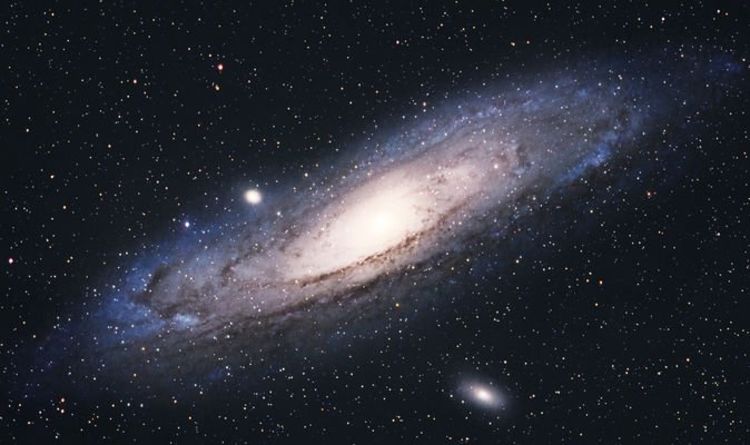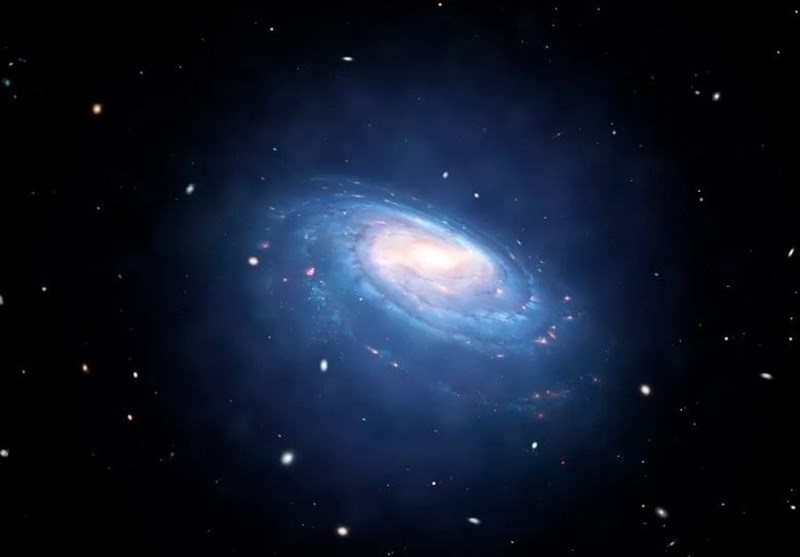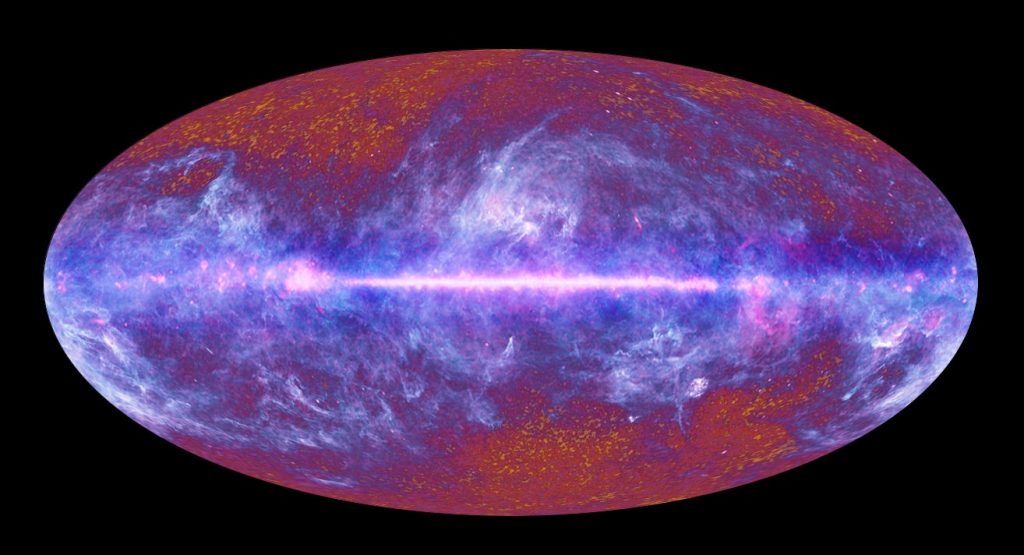A new theory published in the journal APS Physics aims to explain the origin and spread of dark matter by introducing a simple idea: what if dark matter can turn regular matter into the dark matter?
The theory appears to be reasonable. As a matter of fact, there seems to be too much of it present in the universe. We believe it exists because we see objects and events reacting to something mysterious. Scientists who believe in the dark matter theory agree that the universe is most likely made up of dark matter.

Physicists have long believed that dark matter would have either existed for as long as the universe or was created as a byproduct of the Big Bang occurrence. But, unfortunately, we don’t know for sure because no one has ever observed dark matter explicitly.
Is this theory, however, suggesting that we’re all destined to become dark matter? Dark matter, according to physicists, snowballed at the beginning of the universe but has started to slow down.
The question is, how did it come to a halt? According to scientists, dark matter cannot convert regular matter if the universe is expanding away from it. As a result, our universe’s expansion is essentially what saved it.

The new study proposes some high-level mathematics to deal with the dark matter on a global scale, but determining the physics of something you can’t see is a difficult nut to crack. However, you don’t have to be an astrophysicist to realize that a universe in which dark matter can convert regular matter to dark matter could be a short-lived one.
There is a slew of other questions about the theory. However, current dark matter observations via the cosmic microwave background appear to support the theory (CMB).

Cosmic microwave background (CMB) is faint radiation that permeates all of space. Since it is the oldest electromagnetic radiation, dating back to the epoch of recombination, it is a valuable source of information about the universe’s expansion.
But I’m curious: if the universe is expanding away from dark matter, what’s filling in the gaps?


